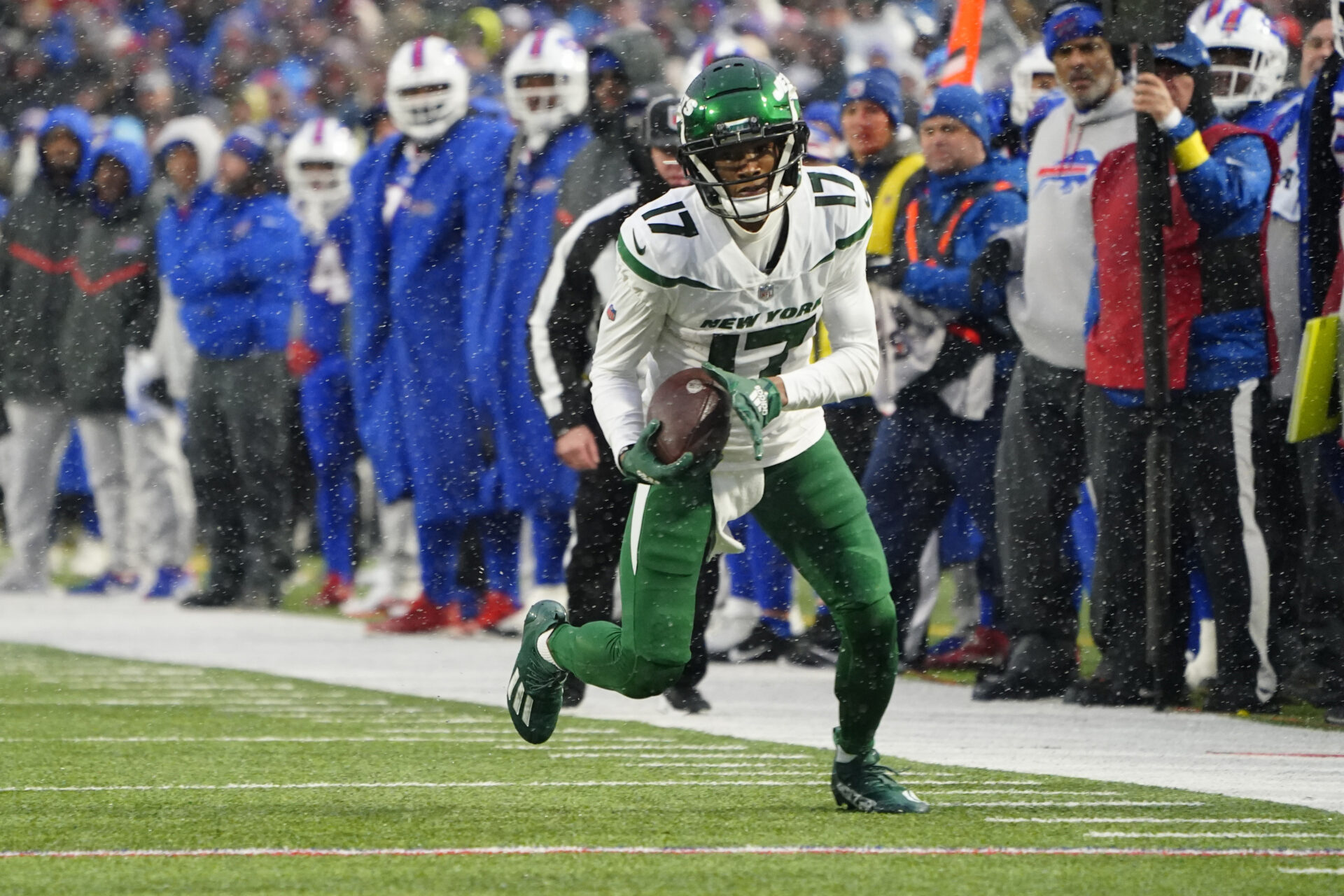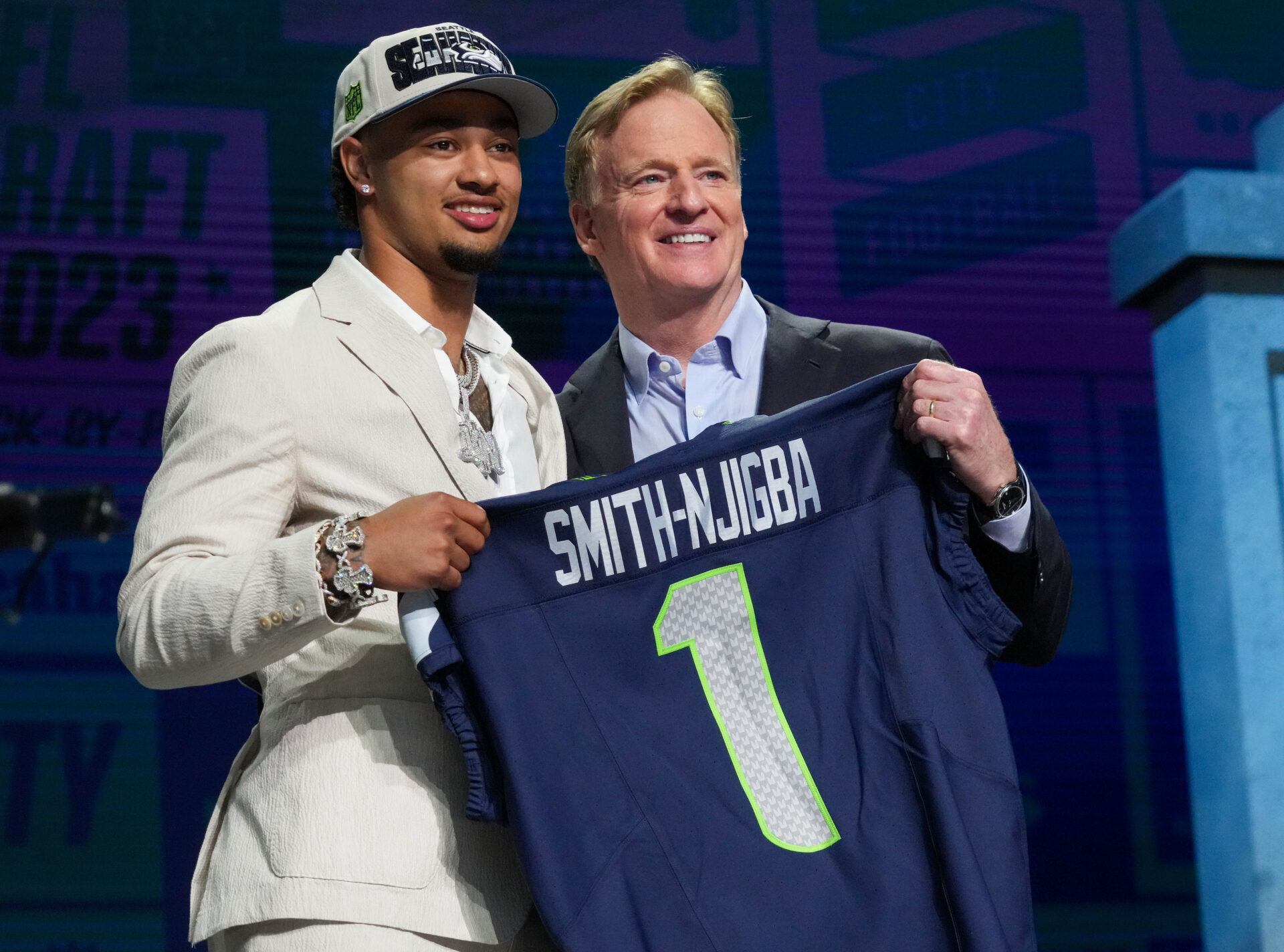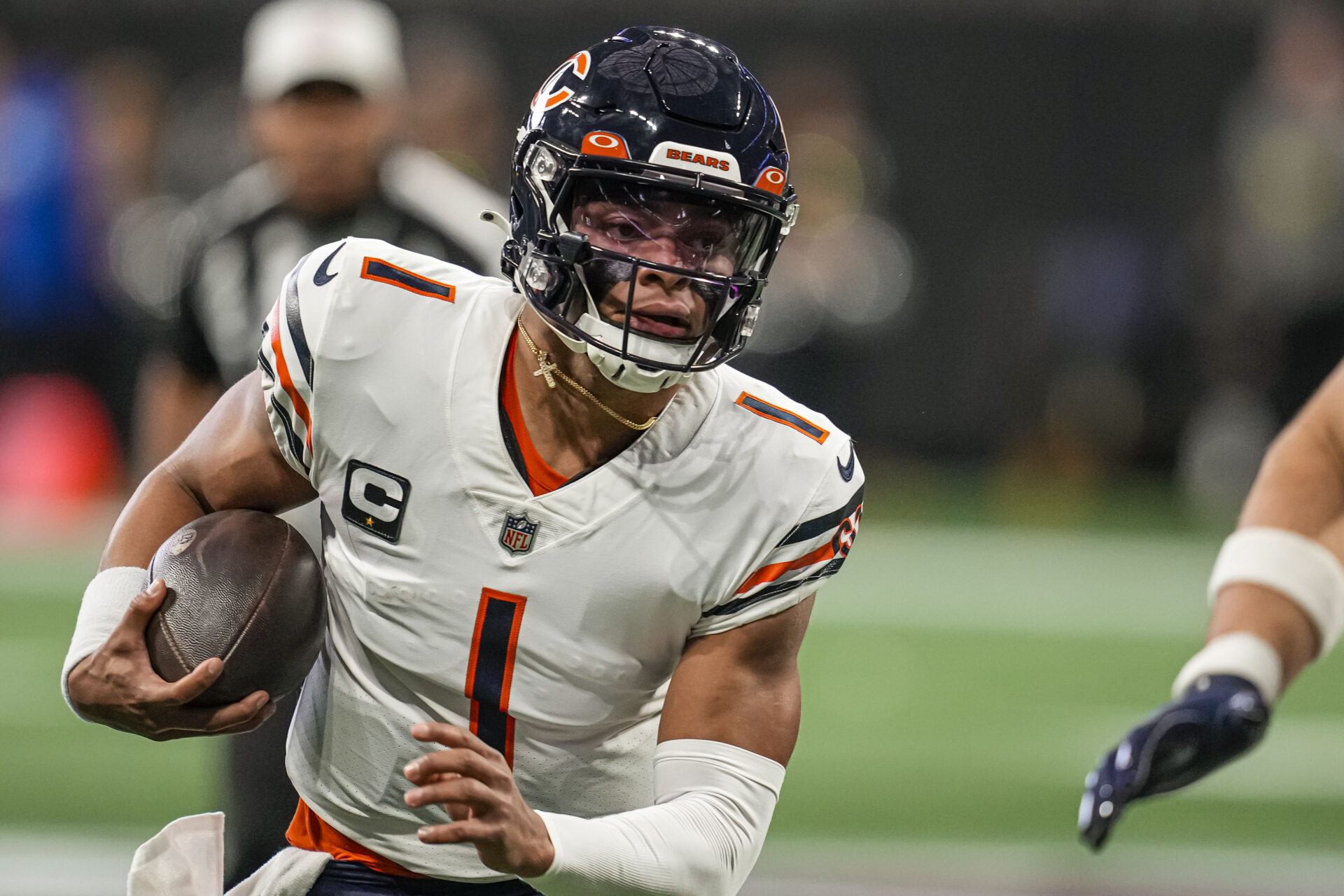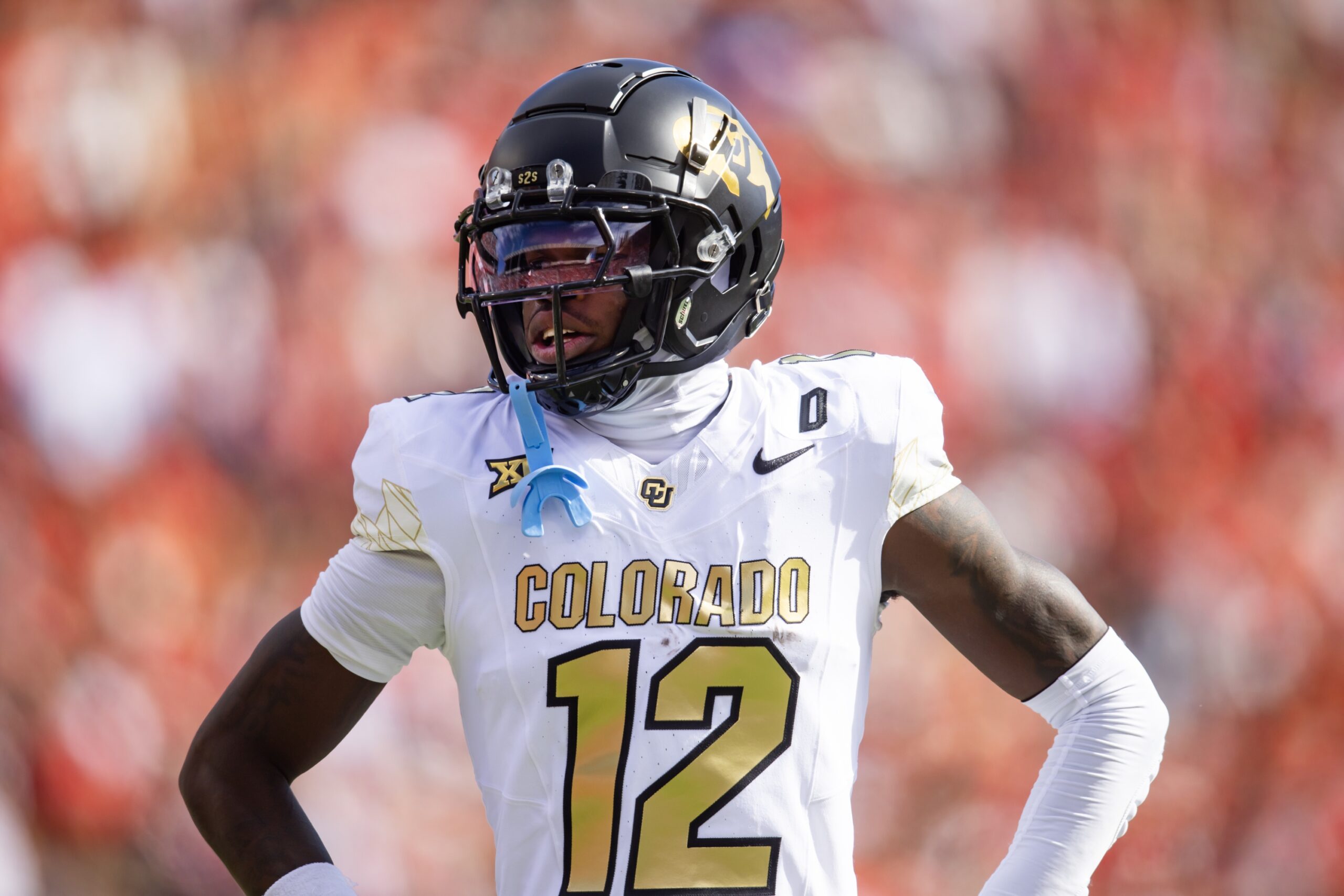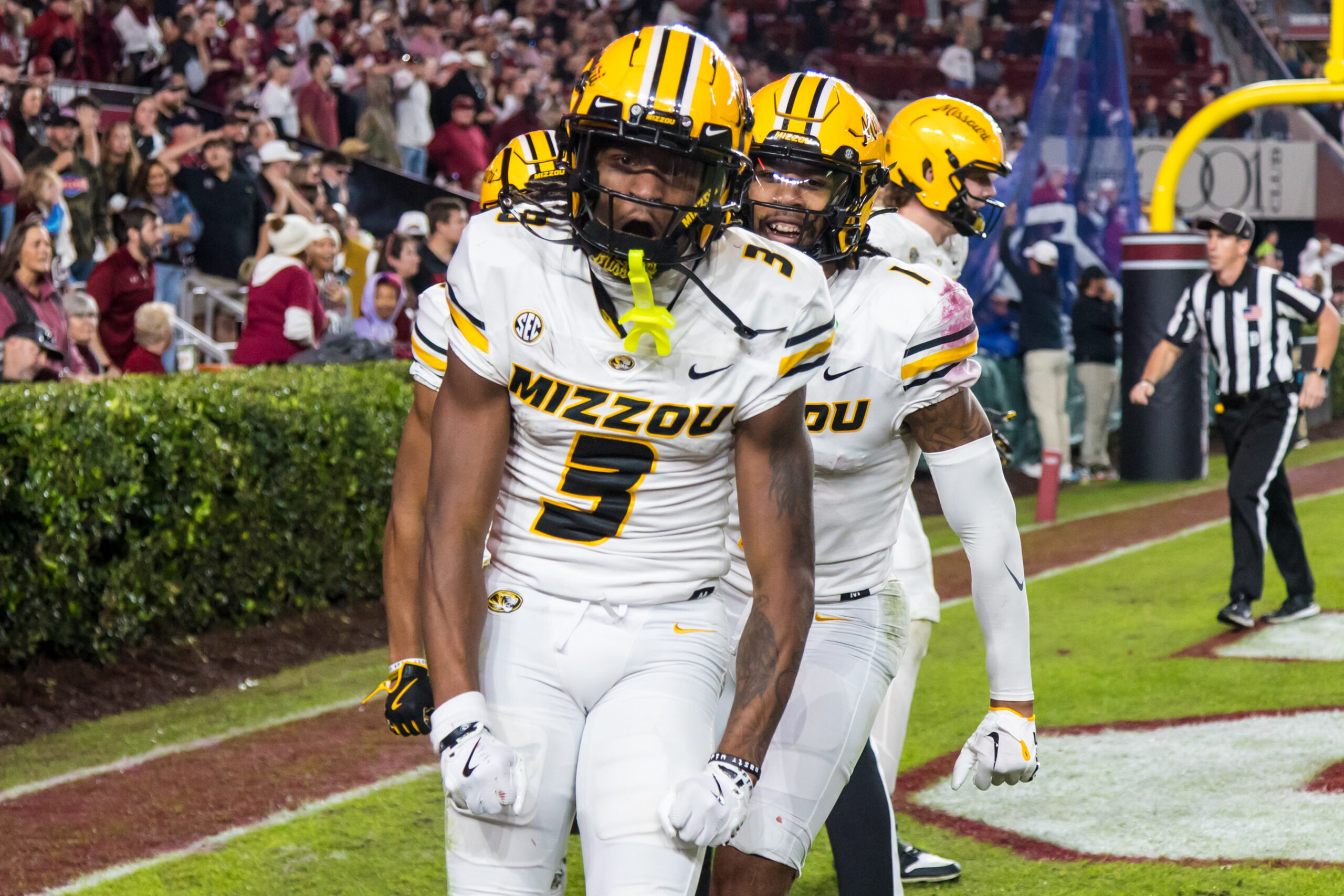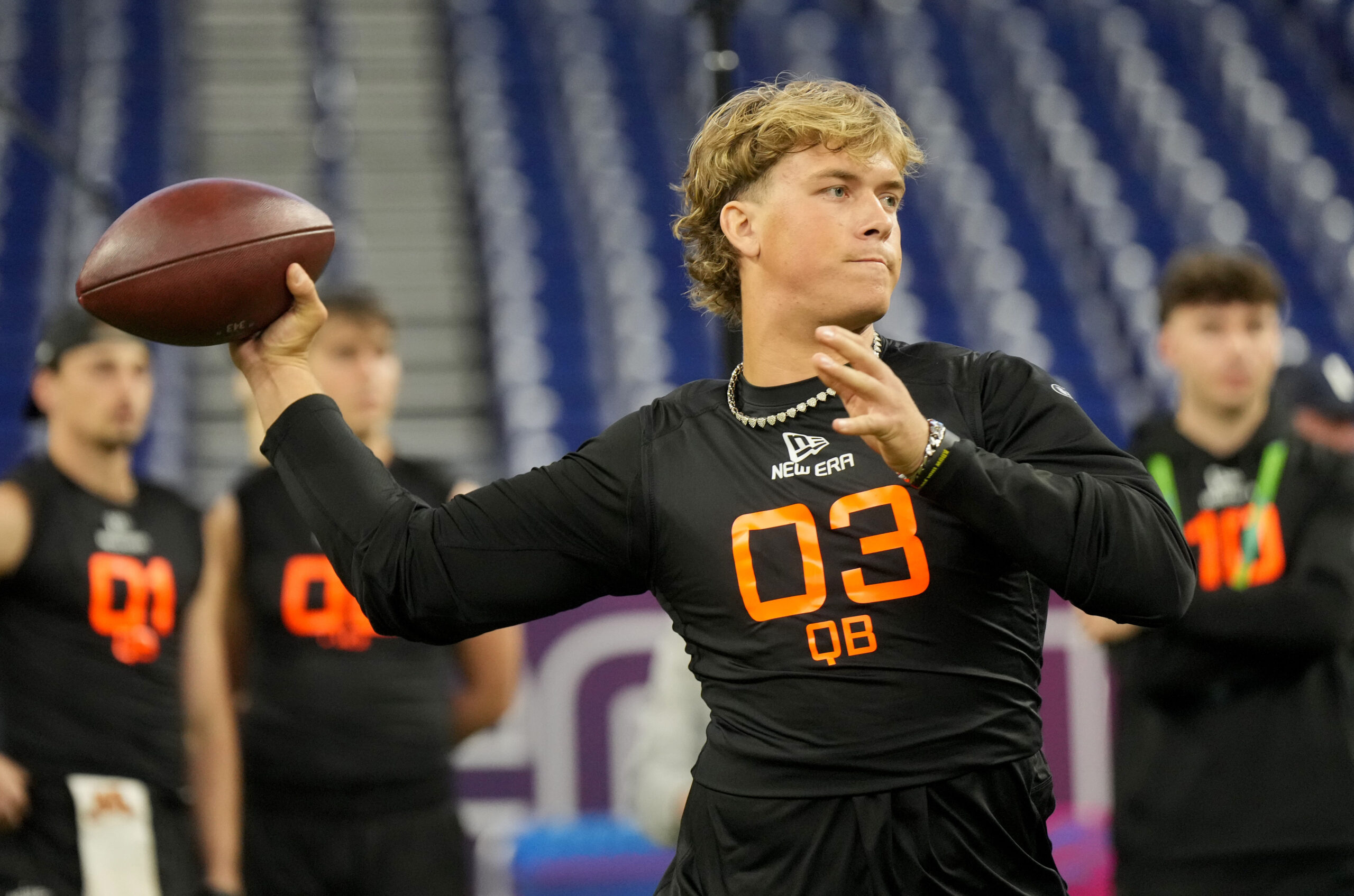Analysis
8/11/23
5 min read
2023 Dynasty Fantasy Football: Why Upside Players Cost So Much
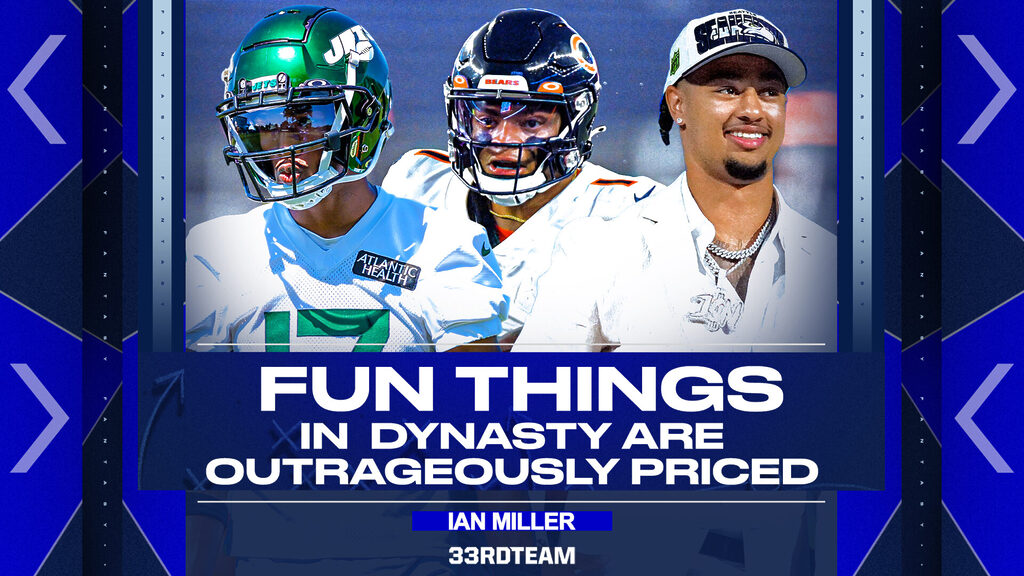
Blossoming second-year receivers, young, aspiring rookies and even unproven quarterbacks can be the most exciting players to roster. But at what cost? Buying an asset without acknowledging its price is irresponsible in dynasty fantasy football.
We understand these types of players have massive upsides. However, if said player’s acquisition cost is priced like they’ve already hit that upside, are they worth investing in? We can talk about how fun these assets are, but if we’re going to maximize our dynasty teams, we have to acknowledge the part that’s not fun: downside exists.
Cost of Upside Players
 Garrett Wilson, New York Jets
Garrett Wilson, New York Jets 
Garrett Wilson was impressive as a rookie; he was actually near historic. He became one of just 12 rookie wide receivers to post a 23 percent target share. Looking deeper at more advanced metrics of former top-12 picks, we find him in an exclusive grouping with Mike Evans, AJ Green and Ja’Marr Chase.
This season, Wilson goes from a quarterback with a 2.5 percent touchdown rate in Zach Wilson to Aaron Rodgers. So Wilson could continue to ascend.
But we’re also talking about a player who’s valued as a top-12 dynasty asset according to keeptradecut.com. The only wide receivers valued higher than Wilson are Justin Jefferson and Chase.
So while we acknowledge Wilson’s potential, given his price, there isn’t much wiggle room if he does not hit that upside immediately. Although Rodgers is an upgrade over Wilson’s previous quarterbacks, Rodgers is 39 years old and went from a 9.1 and 7.0 percent touchdown rate to a more normal 4.8 percent in 2022.
It could be wise to capitalize on Wilson's high stock in a trade. You could add just a little bit on top of Wilson to get players such as Lamar Jackson, Jefferson and Chase, who have already proven they have game-breaking upside and a median projection that puts them at the top of their position.
The price point for Wilson is inefficient, but not because of his play or upside. It’s inefficient because he’s valued near players who have already shown major upside and are much safer projections.
 Jaxon Smith-Njigba, Seattle Seahawks
Jaxon Smith-Njigba, Seattle Seahawks 
There have only been two rookie wide receivers valued as a dynasty WR1 before their regular-season debut since keeptradecut.com originated: Chase and Jaxon Smith-Njigba. But is Smith-Njigba a Chase-level prospect?
Both posted fantastic 19-year-old collegiate seasons. Alongside Dez Bryant and Michael Crabtree, Smith-Njigba and Chase are the only Power Five wide receivers to achieve at least three yards per team pass attempt and 20 points per game at that age. The two also did it while playing with future first-round picks who were older than them.
Both are elite prospects, but Chase's athleticism sets him apart. He was one of just five first-rounders to post at least a 9.80 relative athletic score (RAS) and was just the seventh receiver to get selected in the top five since 2006.
That makes Chase a league winner-level prospect, a designation that has always produced at least a 16-point-per-game season. The hit rate of first-round elite prospects, Smith-Njigba’s prospect designation, is 54 percent by comparison.
Smith-Njigba is a strong prospect and has a high attainable upside. But the fact that he already costs dynasty WR1 prices effectively dismisses any possible downside risk that didn’t exist in Chase’s prospect profile.
 Justin Fields, Chicago Bears
Justin Fields, Chicago Bears 
Justin Fields just tied for the highest rushing points per game of all time with 10.8. How does he have an inefficient price?
Well, despite putting up historic rushing stats, he still finished as a back-end QB1. This means his passing production was abysmal if he couldn’t turn that rushing production into at least a top-five fantasy finish. In fact, his 11.3 passing points per game only topped Baker Mayfield, Zach Wilson, Kenny Pickett and Jacoby Brissett.
Fields is also a part of an offense that threw for the lowest passing volume of any team in the past 20 seasons, contributing to his 27.1 percent pressure-to-sack rate. That ranked second-to-last in the league, only ahead of Mayfield. It’s not as if this is a new issue for Fields either; even dating back to his college profile, he’s never posted below a 20 percent pressure-to-sack rate.
What we need from Fields, even with historic rushing production, is a major upgrade in his passing peripherals. We’ve heard plenty about how Josh Allen and Jalen Hurts made major improvements in their third season. But even they posted higher passing production, adjusted yards per attempt and much lower pressure-to-sack rates.
So Fields has to make even bigger improvements than Allen and Hurts, who are outliers when looking at second-year to third-year passing peripherals.
Fields still has high upside due to his rushing production. However, when he’s going as a top-10 pick, it’s inefficient to anchor your team to a quarterback with plenty of downside at such a high cost of acquisition.
Conclusion
Every player mentioned has plenty of upside, and there is a reason they hold such a high value. But, when the price of these players factors in their ceilings — without addressing enough of their downside risk — you could set your team back.
Players with such high value attached are the players you don’t want to be wrong about. It’s not fun to talk about, but finding inefficient values is just as important as finding efficient ones.
Follow The 33rd Team Podcast Network on Spotify and Apple Podcasts.

